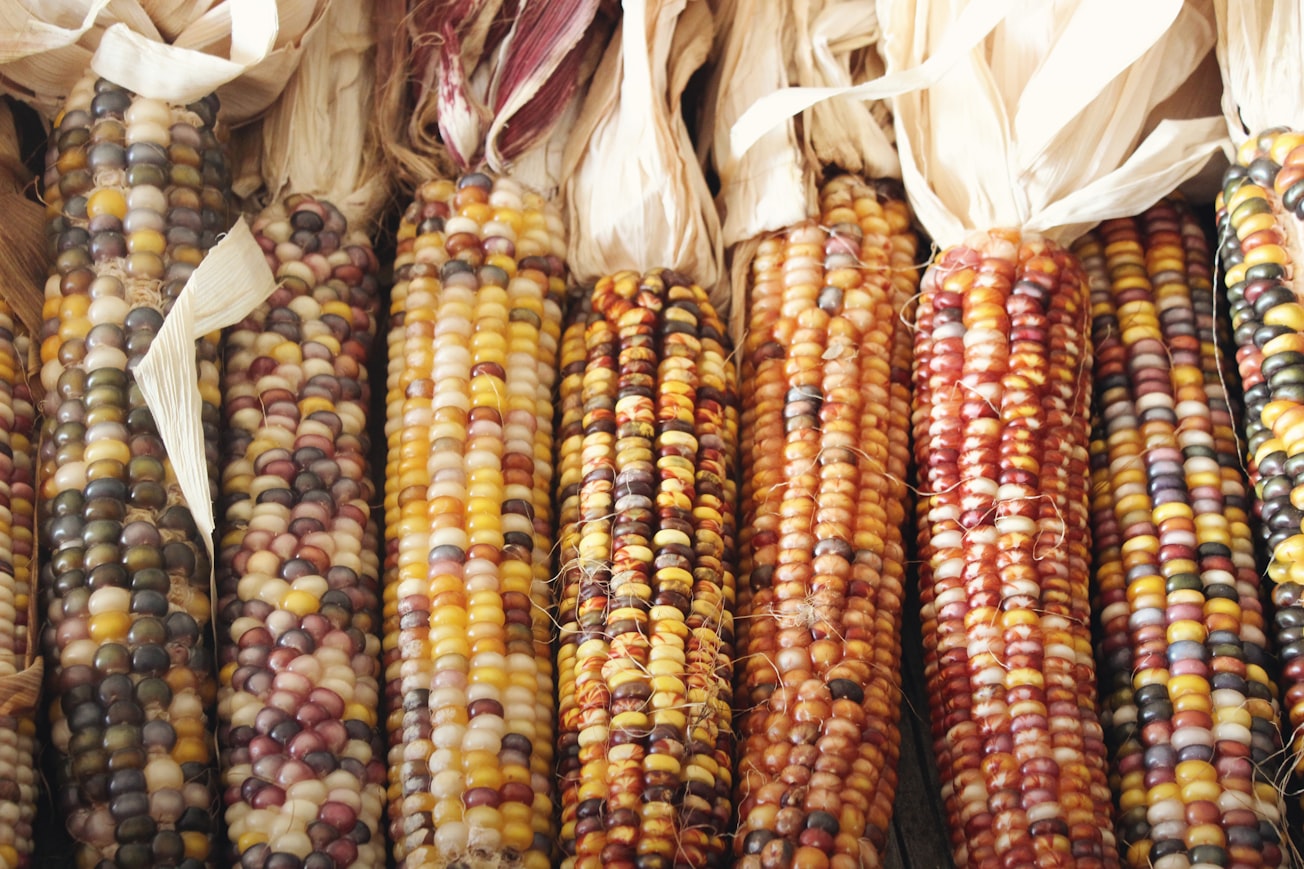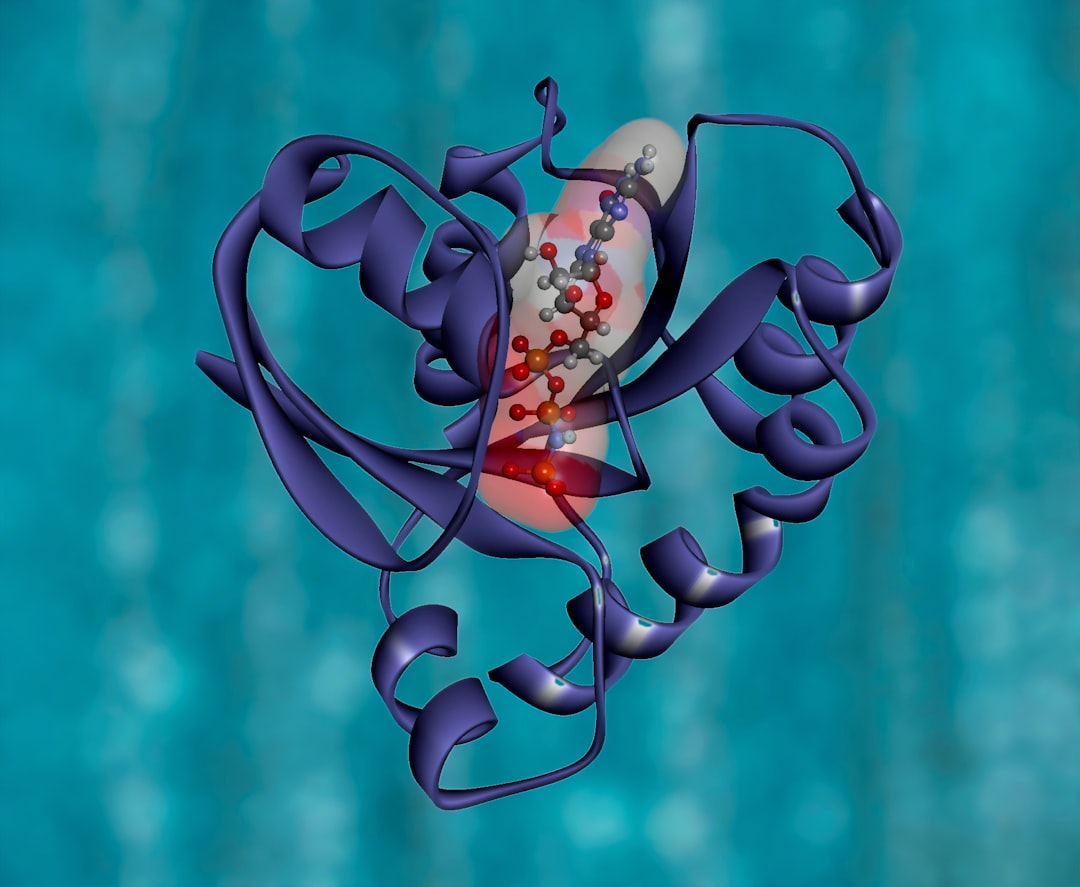What is it about?
Abstract Over the years, the Government of Ghana and major stakeholders have introduced various improved maize seed-technologies as part of measures to help address the production shortfall in the maize sector. However, recent surveys across all of the major maize growing regions in Ghana indicate that, majority of small-scale maize farmers are still using their owned seeds (i.e. Farmer saved seed) for cultivation. Industry players across the globe have stressed the importance of improved maize seed technology to enhance production profitability and farmer-welfare. In light of the ongoing global debate about the suitability of seed technologies as a way to maximize farm profitability and welfare of farmers, this paper examines the impact of two maize seed technologies (farmer saved seed vs certified hybrid seeds) on production profitability of farmers. Using a structured questionnaire, detail household level (i.e. socioeconomic and demographic characteristics) as well as farm level information on maize production (i.e. input use and farm output) were obtained to examine the impact of these two technologies on farmers’ performance across the four (4) major production regions in Ghana. An endogenous treatment regression model was adopted to correct for potential sample selection and endogeneity biases in the data. The results show that, farmers do not base their adoption decisions solely on farm output and revenue indicators alone, but mainly on the return on their investment and the cost associated with the technology adopted. Policy measures which aim at reducing such investment cost will therefore encourage the adoption of improved maize seed technology and enhance production profitability of farmers across the country.
Featured Image

Photo by Jen Theodore on Unsplash
Read the Original
This page is a summary of: Adoption impact of maize seed technology on farm profitability: evidence from Ghana, Journal of Agribusiness in Developing and Emerging Economies, February 2021, Emerald,
DOI: 10.1108/jadee-06-2020-0120.
You can read the full text:
Contributors
The following have contributed to this page










